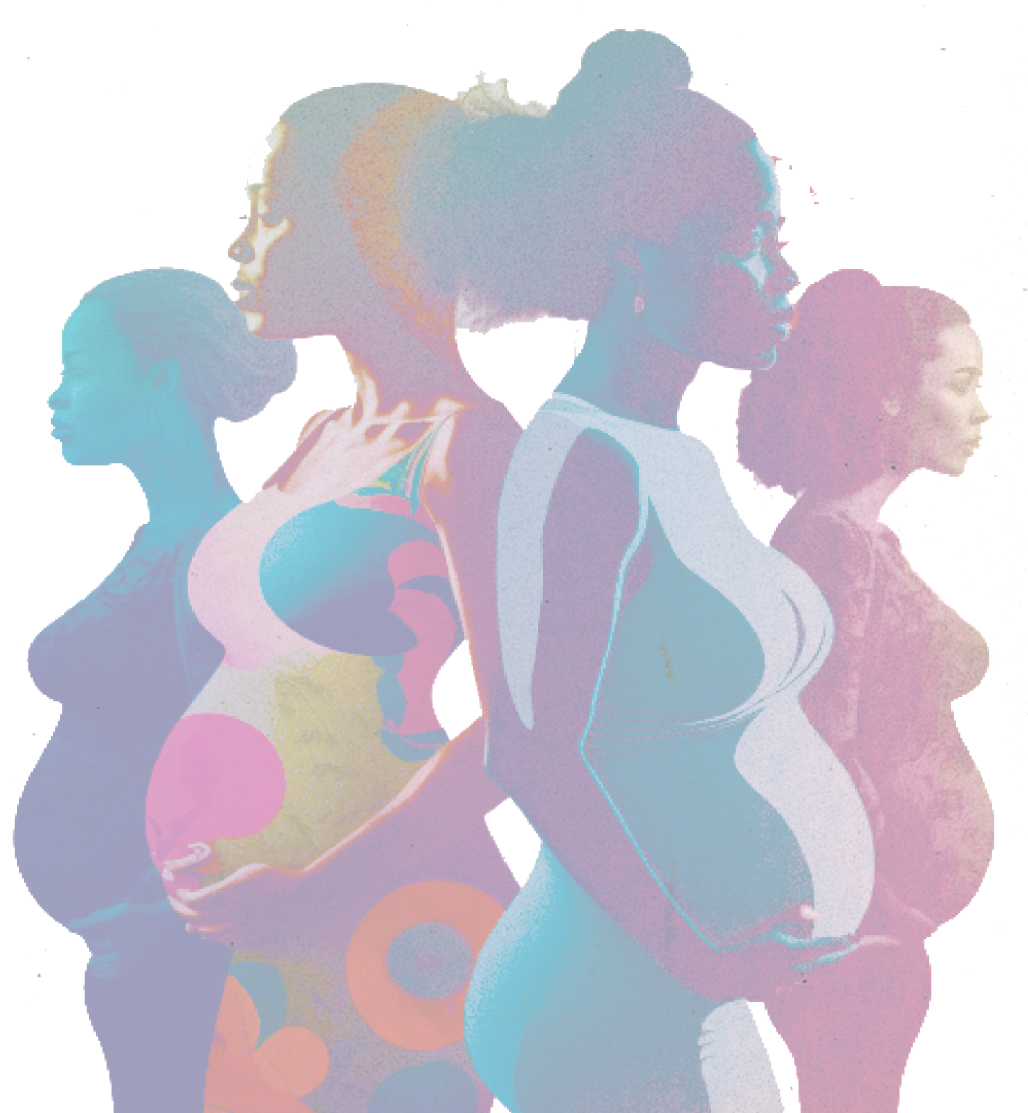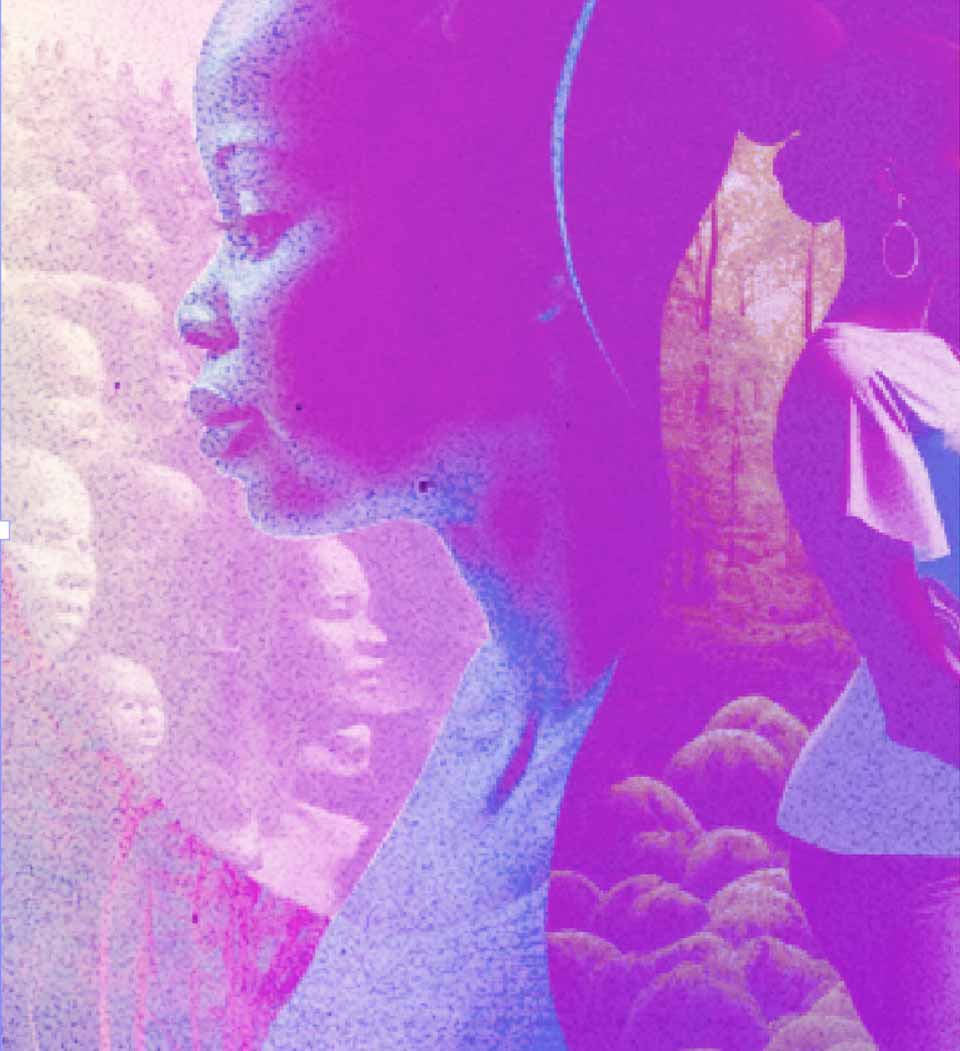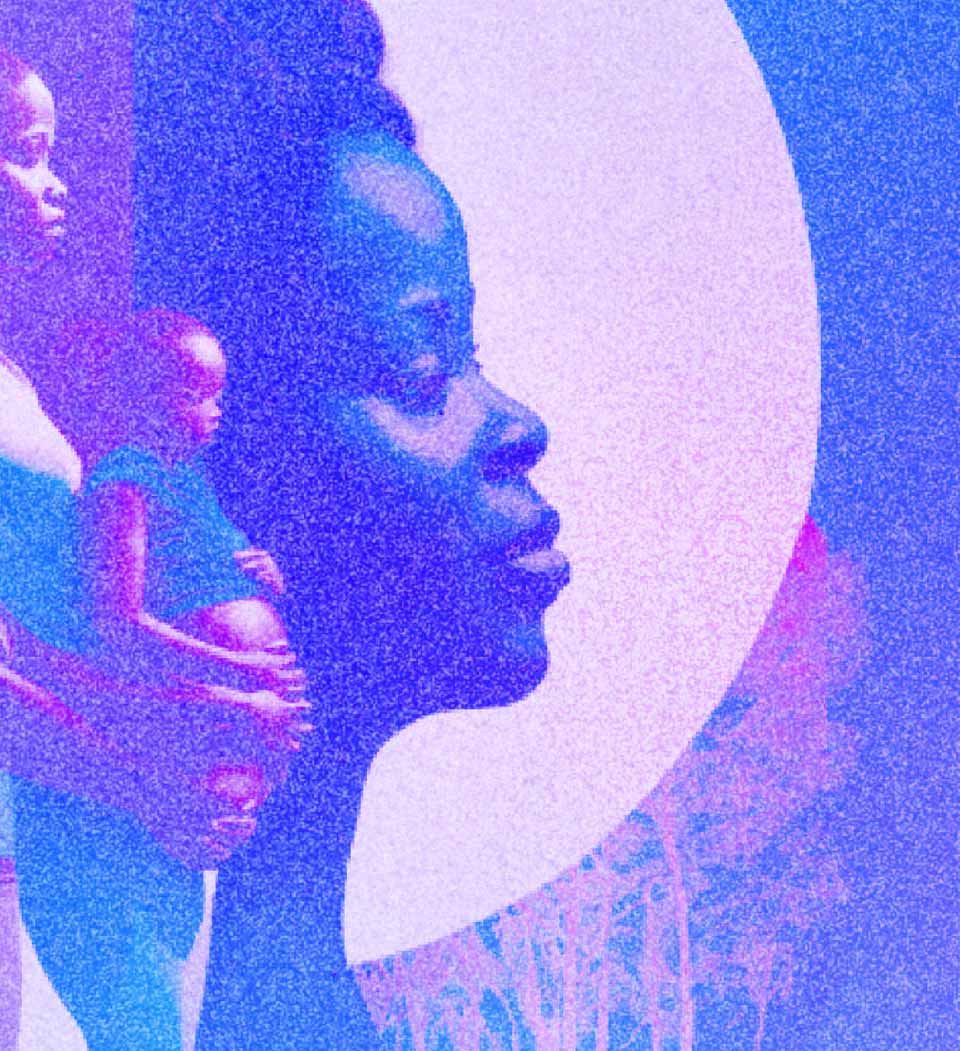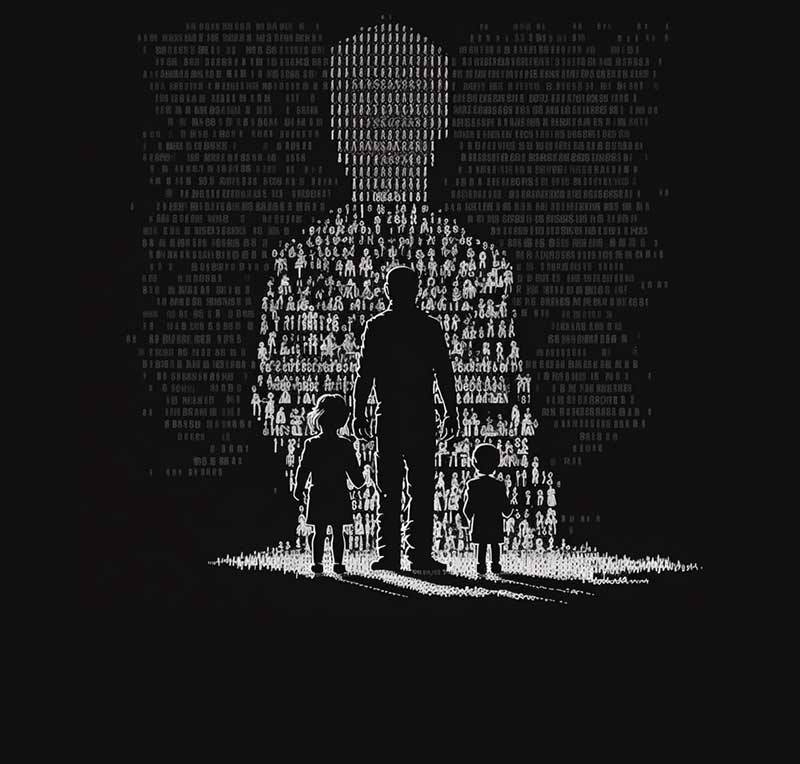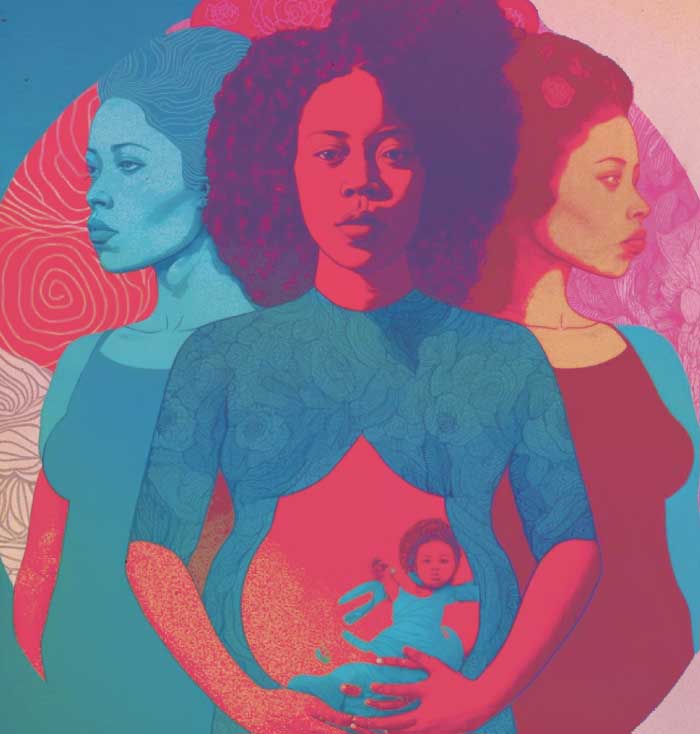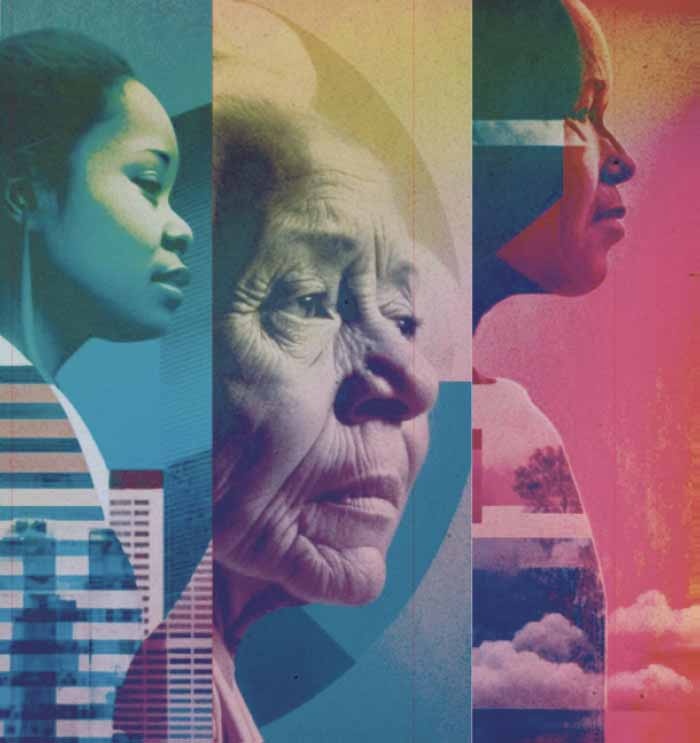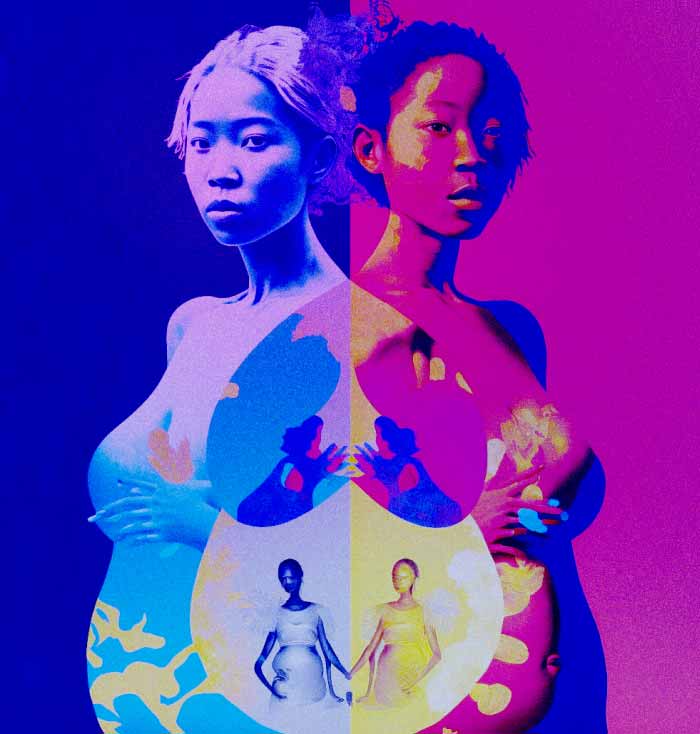Human population has always undergone transformation. At each moment of demographic change, population alarmists have wrung their hands, warning against population ‘booms’ or ‘busts’.
And yet, despite oft-repeated predictions of societal collapse, history has made clear that humanity can not only survive population change – but thrives because of it.
This doesn’t mean that population trends aren’t important. Rather, it is precisely because they are so important that we must move past simplistic narratives of “too many” or ‘too few’.
Because these narratives also present fertility rates as a problem to be solved, reducing women’s bodies to political battlegrounds and denying half the population their right to bodily autonomy.
what might the future bring?
Select options below to see some artificial intelligence-designed visions of the future.
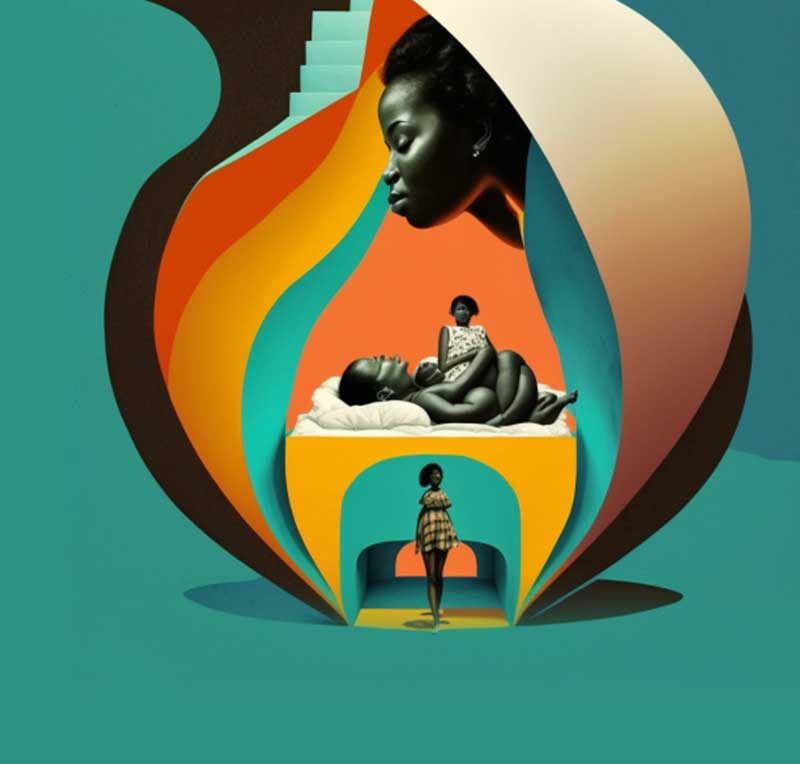

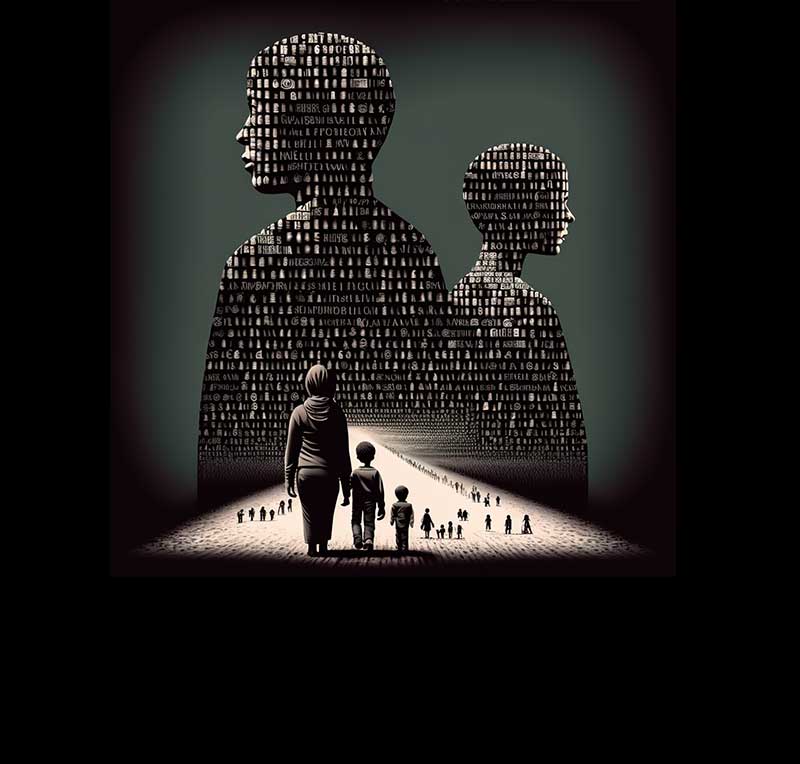
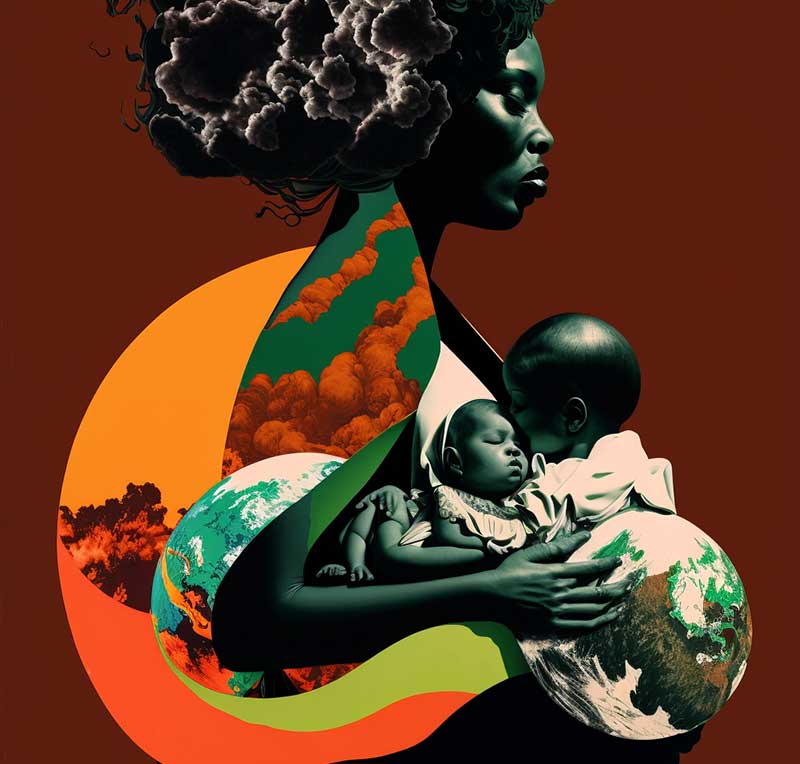
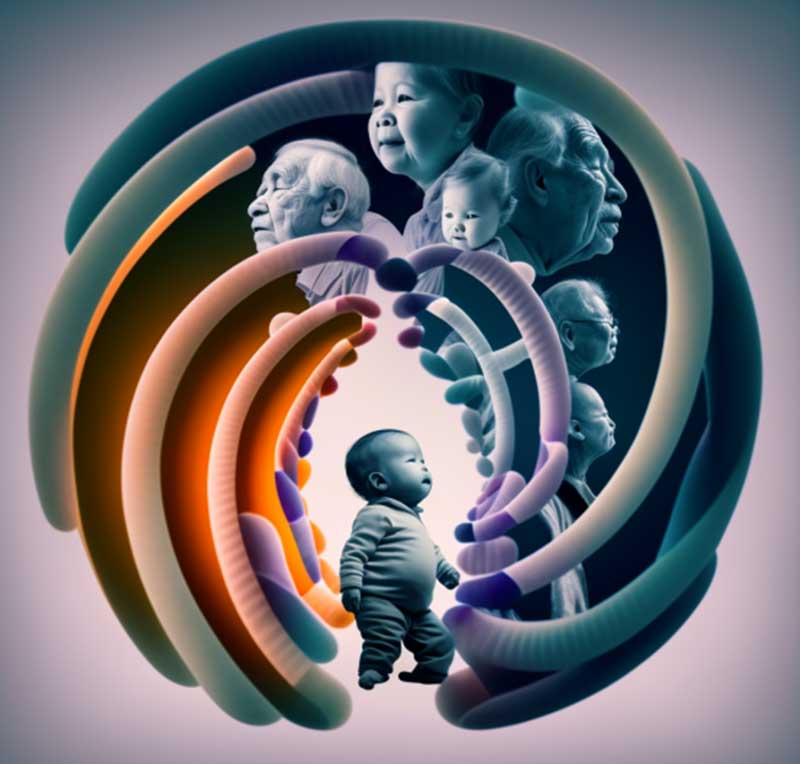


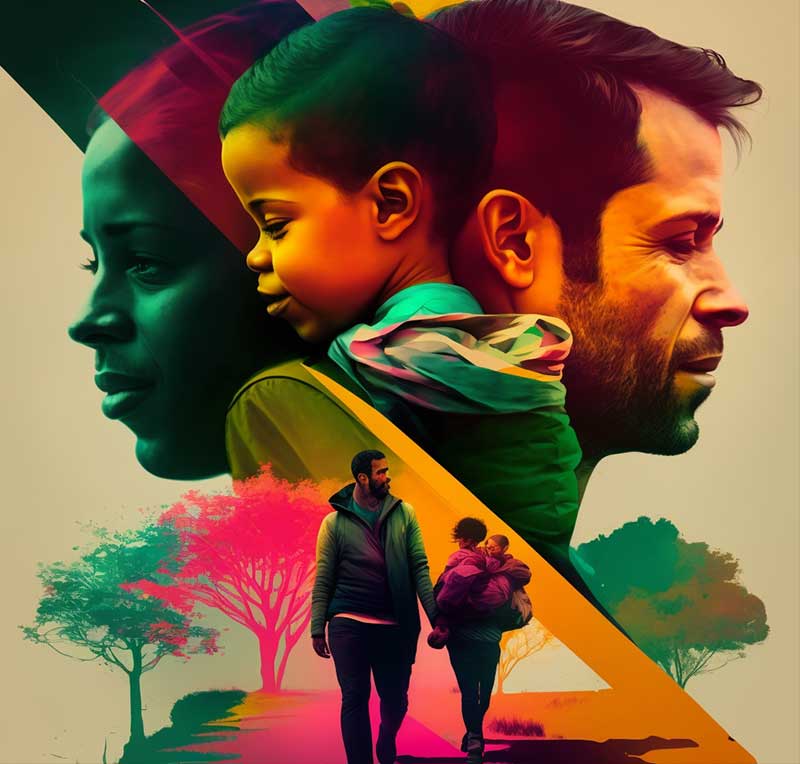
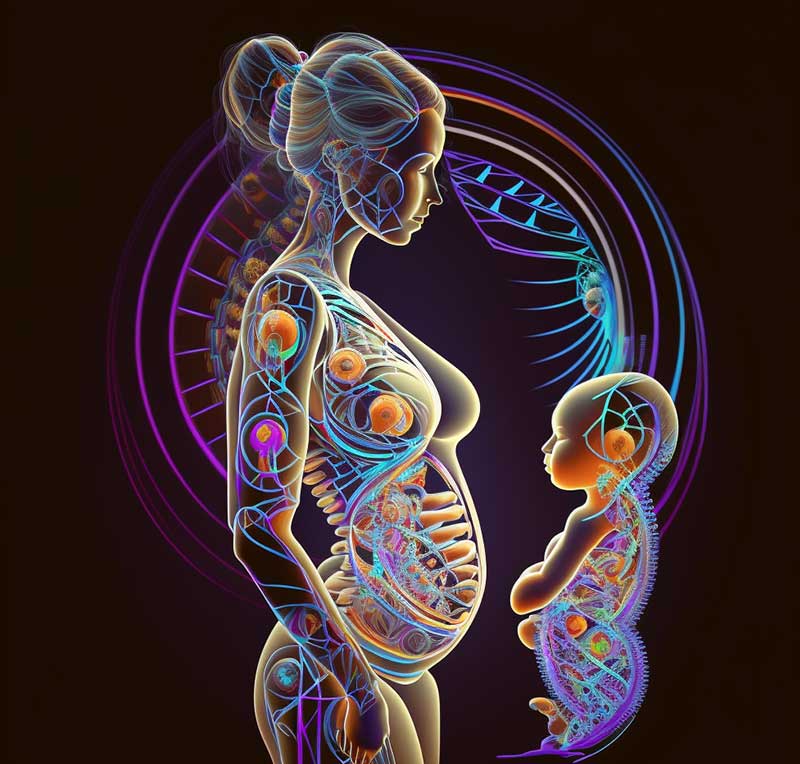
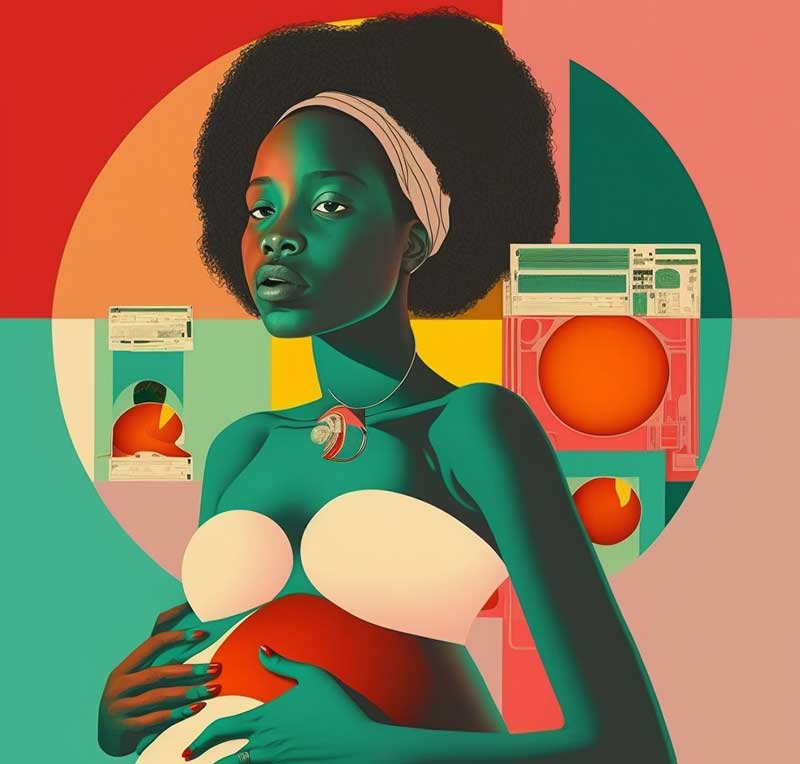

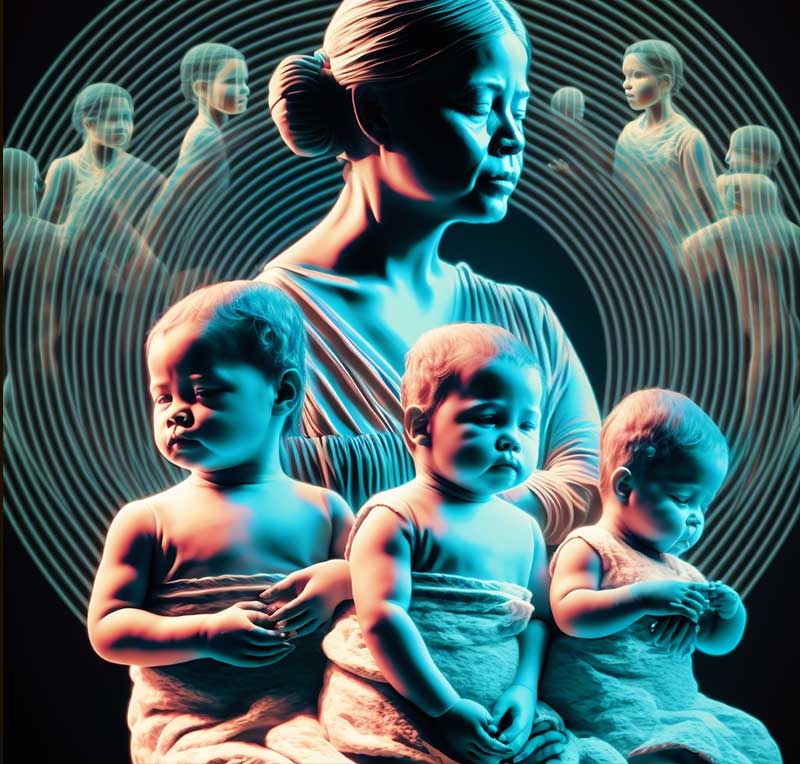
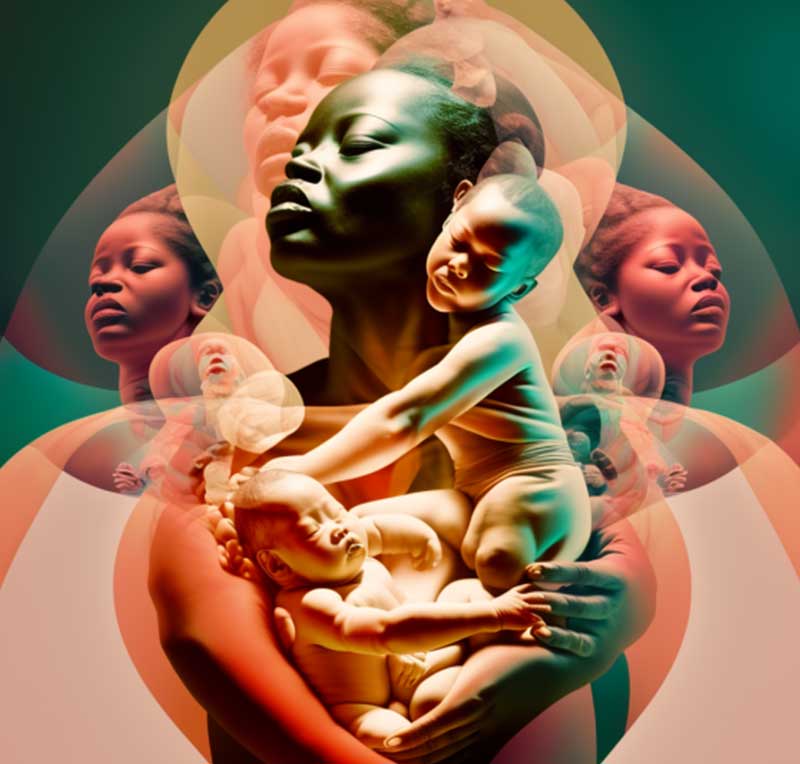
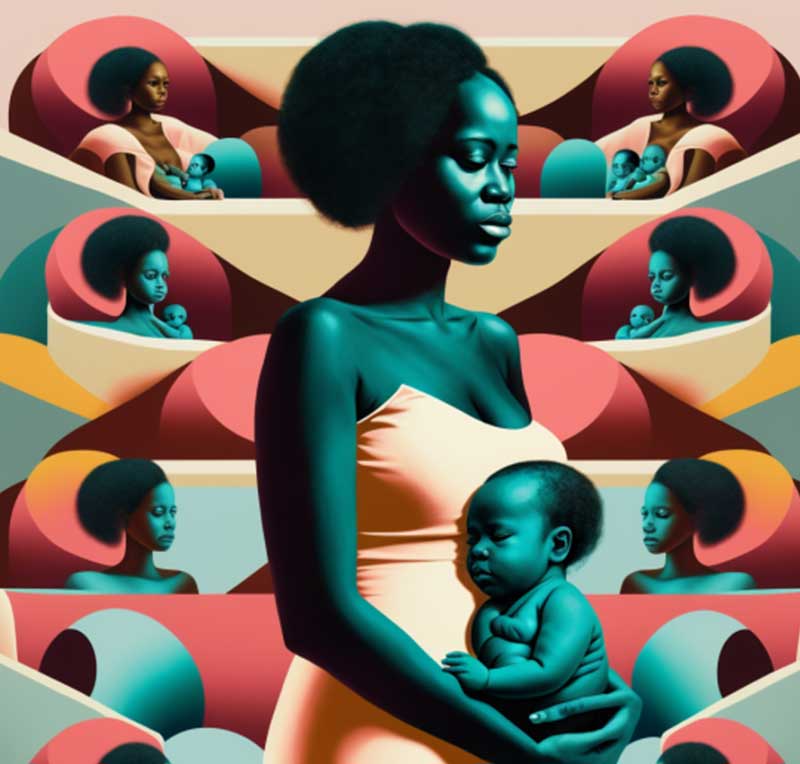
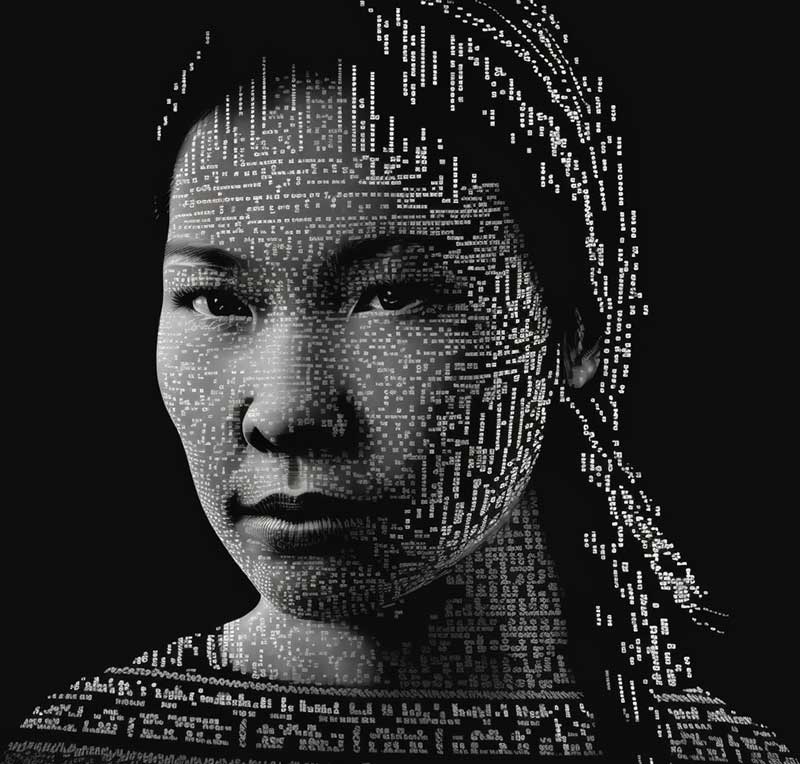
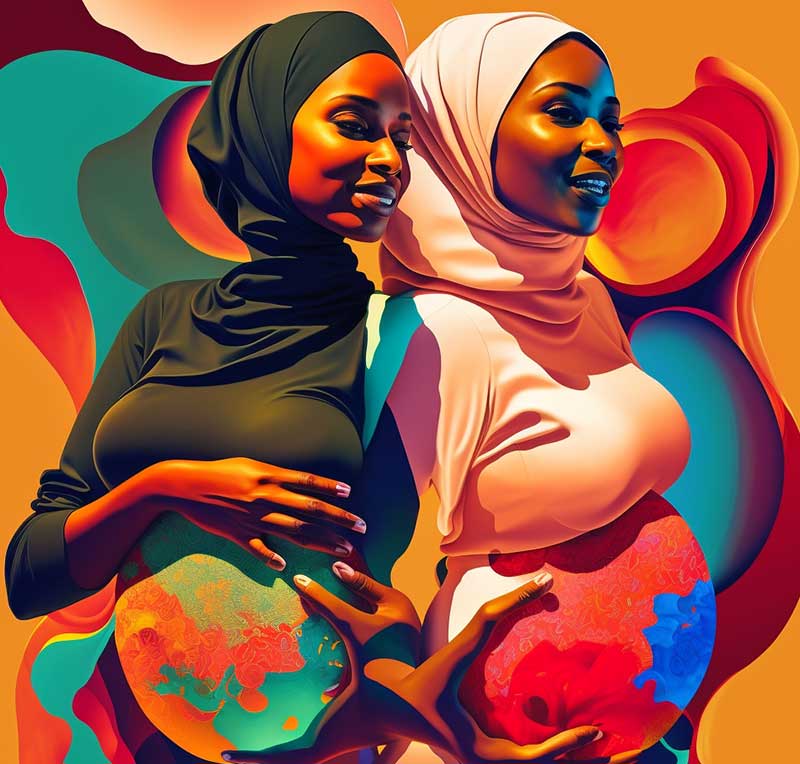


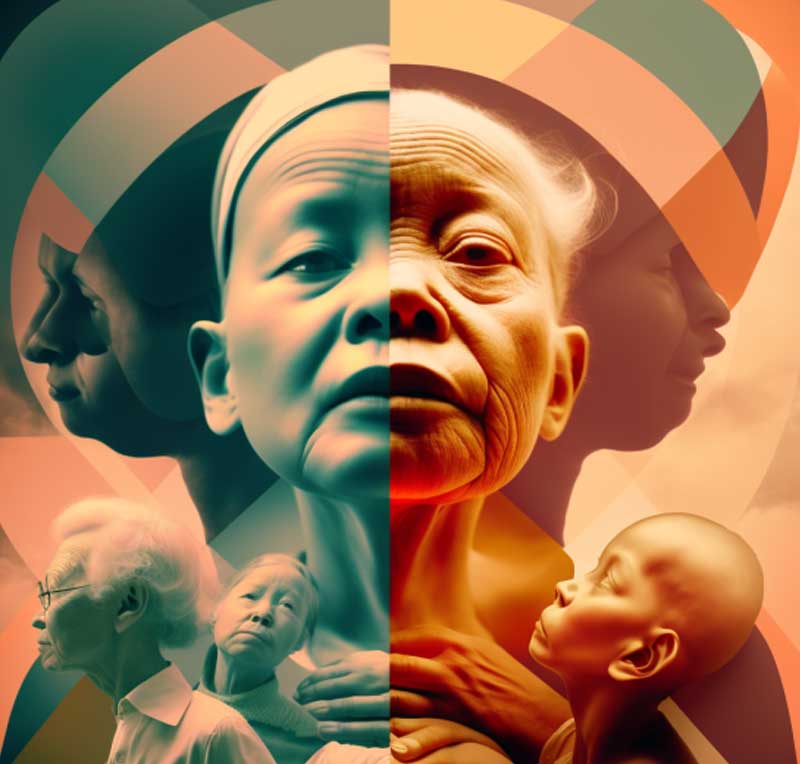
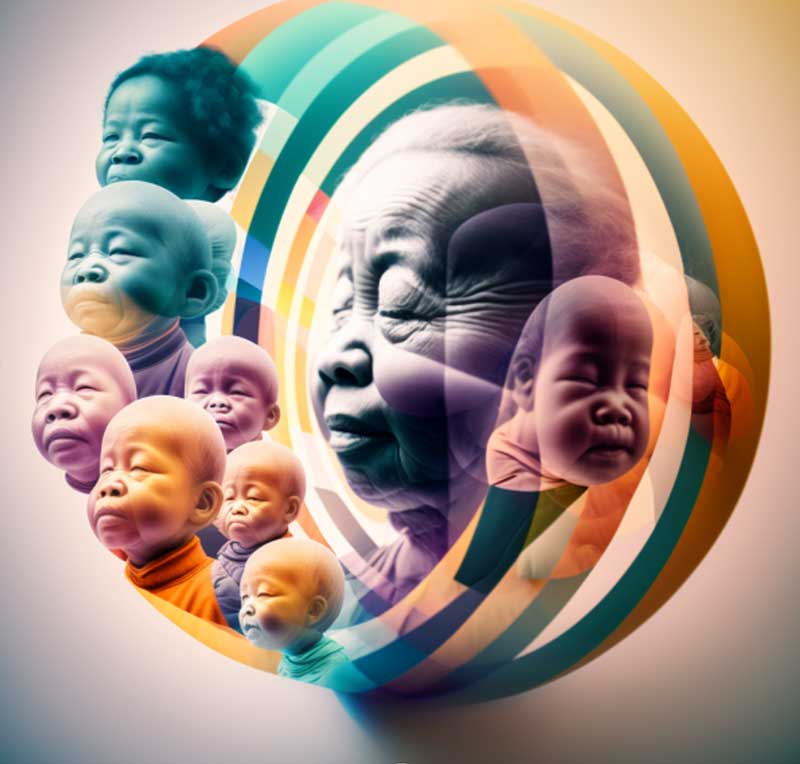
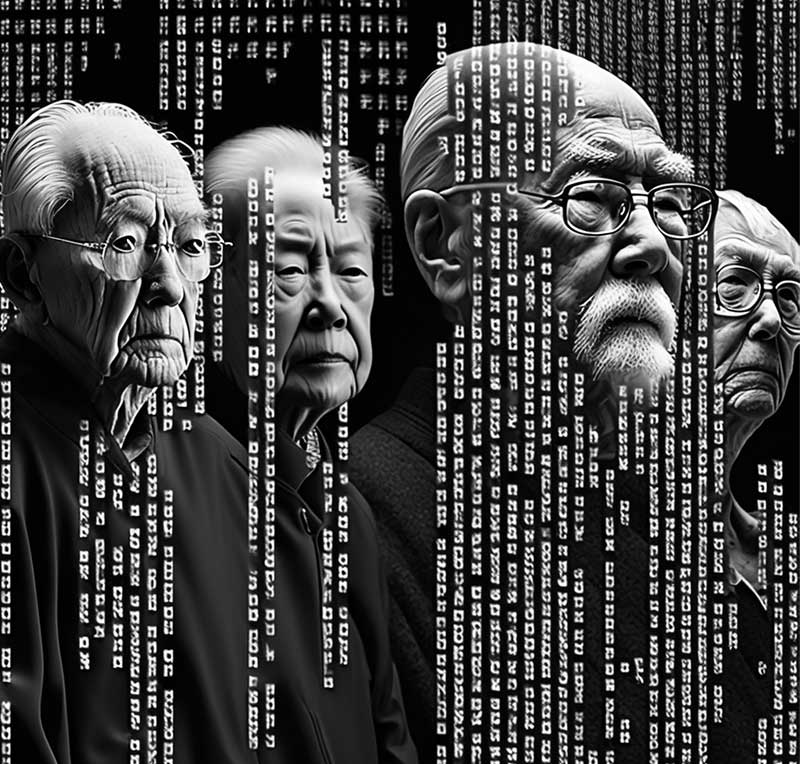
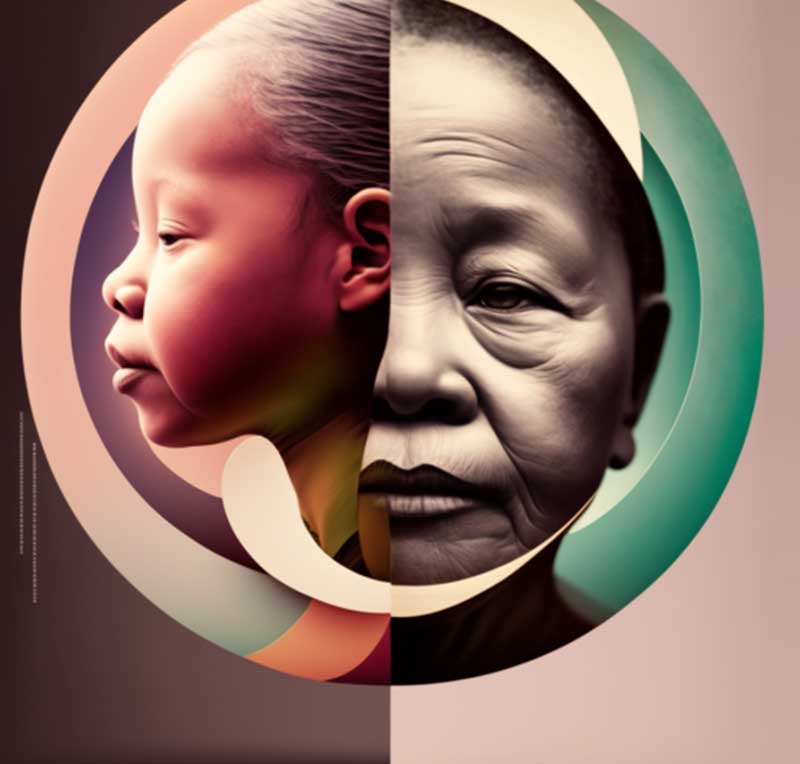
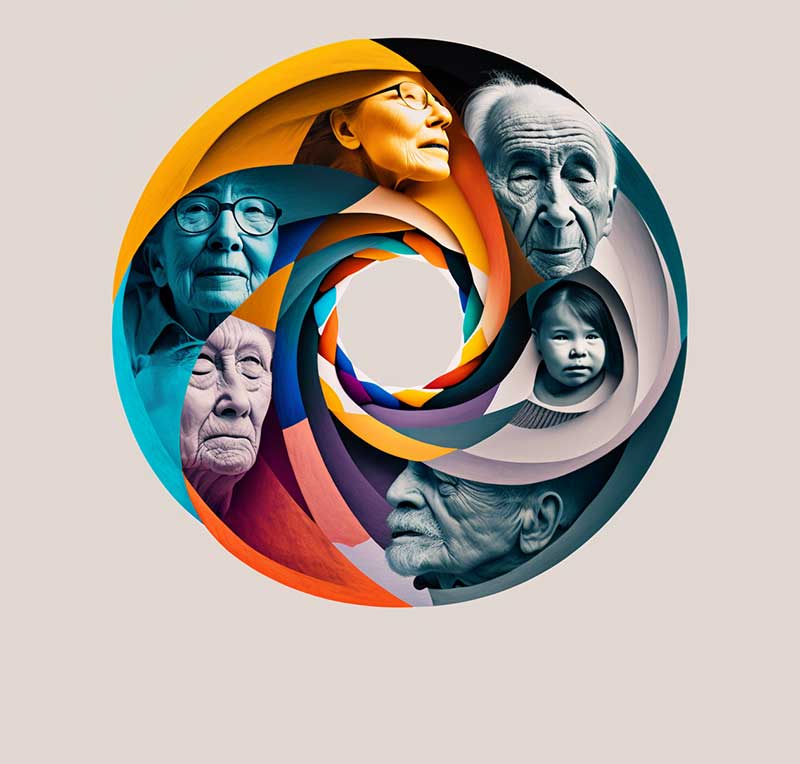

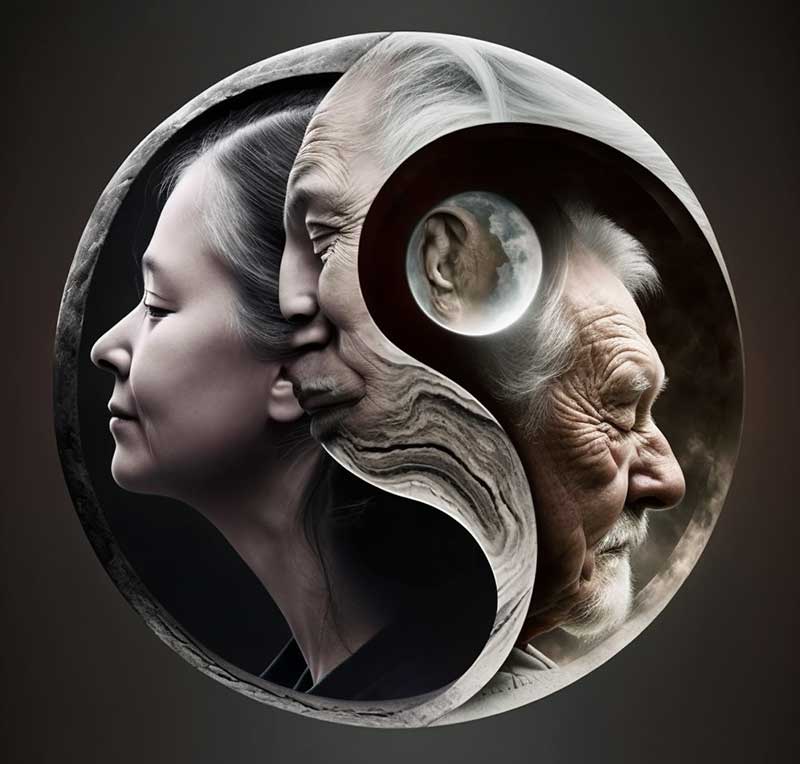
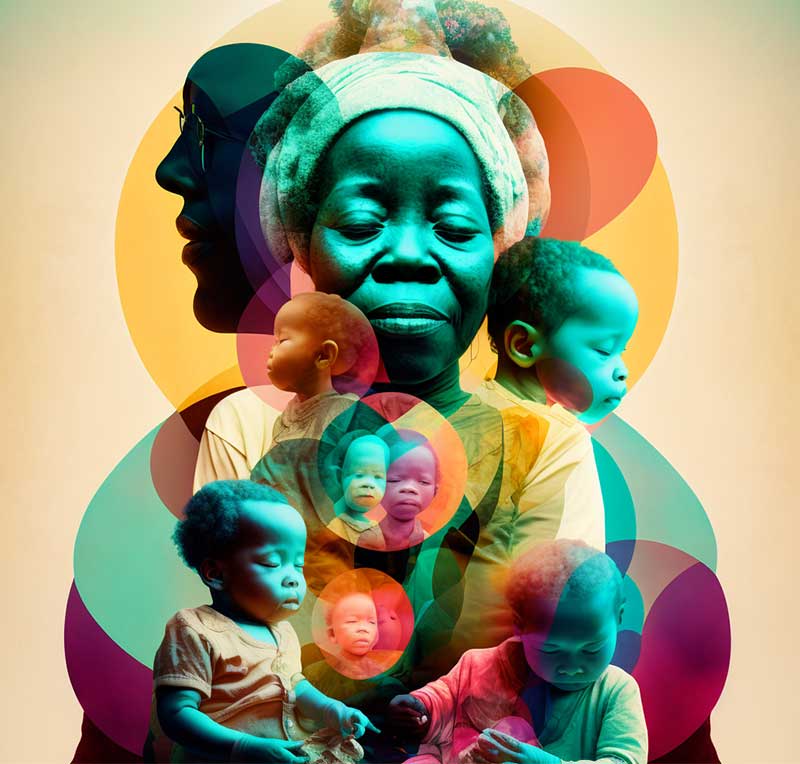
The creation of artwork for this report utilizes artificial intelligence, machine learning and other cutting-edge technologies to provoke reflections about our engagement with technology. It represents the core themes of this year’s report: the perils and promise of a not-so-distant future, the fears which spring from those unknowns, and the infinite possibilities within reach when rights and choices for all are ensured. In its ability to bridge the gap between the real and the imagined, this year’s artwork encapsulates the anxieties and opportunities that future holds, and, most importantly, underlines how we are co-creators of it. Artwork by Cecilie Waagner Falkenstrøm, of the art-tech studio ARTificial Mind.
How do we combat population alarmism and safeguard reproductive rights and choices for our FUTURE?
